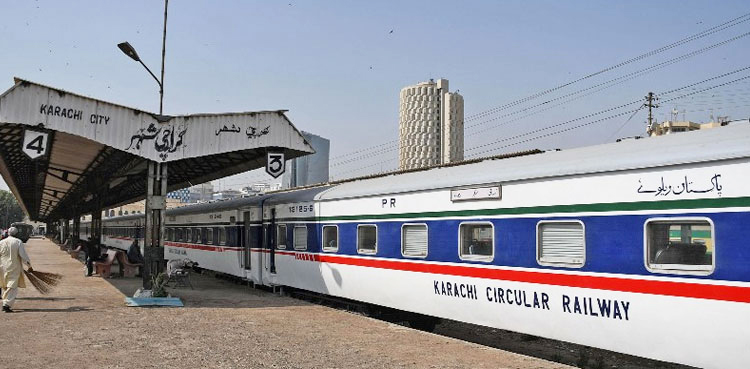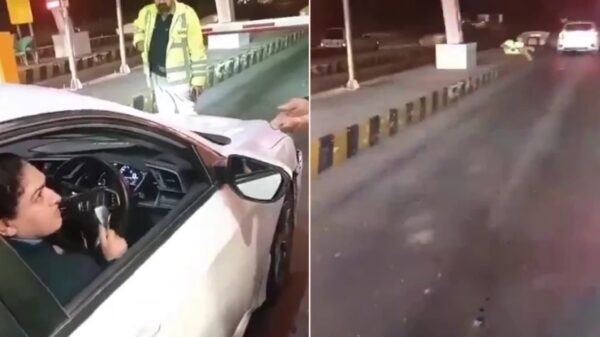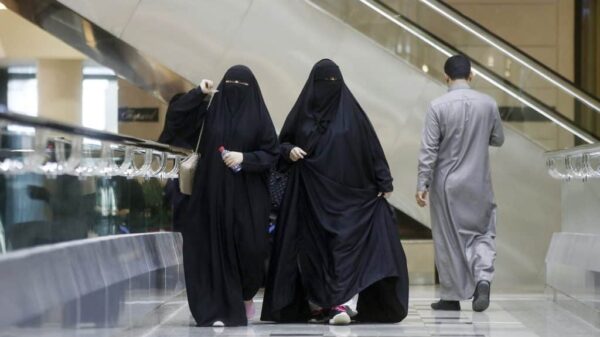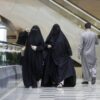It seems the time is finally ripe for the renewal of Pakistan’s long cold romance with railways as a mode of transportation. Two big-ticket projects that together have the potential to deliver just that have finally gotten underway.
Like many other mega development projects in different sectors, Karachi Circular Railway has also been in the boiling pot for more than two decades.
Hope for its revival to provide modern transportation services to the people of the provincial capital had glimmered in May 2019 when the Supreme Court of Pakistan – hearing cases concerning Karachi’s mass transit woes – directed the Sindh government to revive Karachi Circular Railway within a month after physical encroachments on the track are removed.
However, it was only on 27 September 2021 when the provincial and federal (through its Ministry of Railways) governments took some practical steps. Credit for the projected revival of this important project as such really goes to the country’s apex court though doubts already loom large over completion of the project within the timeline of two years period.
Foundation stone laying ceremony was performed by Prime Minister Imran Khan himself in the presence of Sindh Governor Imran Ismail and Chief Minister Syed Murad Ali Shah and accordingly Karachi Circular Railway (KCR) is now hopefully to be revived in 18 to 24 months in two phases. Infrastructure facilities will be provided in the first phase, and operational activities will be initiated in the second phase. It would be a state of the art project having all modern facilities including fast moving electric trains.
On 25 September 2021, just two days ahead of the formal foundation stone laying ceremony, the Executive Committee of the National Economic Council (ECNEC) approved the project for elimination of 22 level crossings for the loop section of the KCR to facilitate free movement of trains.
The project, sponsored and to be executed by the Ministry of Railways, envisages construction of flyovers and underpasses along KCR route to eliminate 22 level crossings at the rationalized cost of over PKR 207 billion on cost sharing basis.
Only in July 2020, Sindh Chief Minister Syed Murad Ali Shah had reiterated that the provincial government was committed to providing PKR 6 billion for development work to make the KCR fully operational.
The project has been included in the China-Pakistan Economic Corridor (CPEC) as the Mass Transport System. The 6th Joint Cooperation Committee meeting in December 2018 had decided to fast-track the Pakistan-China joint venture project.
Railway Ministry’s project Rehabilitation and Dualization of KCR Phase 11 was approved by the Central Development Working Party (CDWP) at a cost of PKR 8.7 billion and it has been included in the federal Public Sector Development Programme (PSDP) the with an allocation of PKR 1.00 billion with no foreign aid for current financial year 2021-22.
Initially the project was to be financed by the Japan International Cooperation Agency (JICA) and scheduled to be completed in 10 years but on the special directives of the then Prime Minister Nawaz Sharif, the completion period was reduced to just 3 years and cost brought down considerably.
Originally designed to facilitate travelling of Pakistan Railways employees between their work places and residences, KCR was first commissioned in 1964. Later, in 1970, the service was extended in a circular shape connecting four major working places through 44 km tracks.
The circular railway remained the means of transportation of choice for the people of Karachi until 1984 when the number of its trains was reduced due to lack of maintenance and repairs facilities, a yawning gap between expenditure rising due to higher fuel and operational costs and revenue also decreasing because of subsidized tickets. The KCR was finally shut down in 1999 forcing thousands of its users to travel by buses.
Until the foundation ceremony of KCR performed recently, a couple of half-hearted initiatives were taken by federal and provincial governments from time to time but none of those came to fruition. In the meantime, encroachments flourished on the track, minimizing the chance of KCR’s early revival, until the Supreme Court of Pakistan put its feet firmly down for the removal of encroachments and revival of KCR within two years.
People of Karachi now seem to be more confident and keeping their fingers crossed for KCR revival now that some concrete measures are being taken at the federal government level.
Railways being put back on rails
With foundation stone laying ceremony already performed at the highest level of the land, there are also renewed hopes and expectations about after all these long years, trains in the country are going to run at least on the Main Line (ML-1) from Peshawar to Karachi on freshly laid track in the coming years and that too at a much faster speed than now if all goes well.
Rehabilitation and up-gradation 1,872-km long Karachi-Lahore-Peshawar (ML-1) is to be undertaken under the umbrella of great game changer CPEC through Chinese Government concessional loan. A financial committee headed by the Deputy Chairman of the Planning Commission to liaise with Chinese authorities concerned to finalize the concessional financing agreement.
ML-1 runs from Karachi to Peshawar via Hyderabad, Nawabshah, Rohri, Rahim Yar Khan, Bahawalpur, Khanewal, Sahiwal, Lahore, Gujranwala, and Rawalpindi.
The mega project is to be completed in three phases in nine years at an estimated cost of USD 6808 million. It envisages accelerating speed of passenger trains from 65/110 km/h to 160 km/h and the freight trains will be operating at 120 km/h speed.
As per the scope of the mega Railways project, computer-based signaling and control system will be established, and grade separation will be undertaken to ensure safety of train operation. Work will be awarded through open biddings. Its feasibility has since been completed.
ML-1 project was declared a “strategic” project by the 6th Joint Cooperation Committee in Beijing. The framework agreement on ML-1 was signed on 15 May 2017 during the visit of the then Prime Minister Nawaz Sharif to China.
Commercial contract for preliminary design was also signed on 15 May 2017, while the PC-1 was submitted to the Federal Ministry of Planning, Development and Special Initiatives in October 2019. The project was approved by the Central Development Working
Party (CDWP) on 6 June 2020 and by the Executive Committee of the National Economic Council (ECNEC) on 5 August 2020.
Upgradation of Pakistan Railways existing Main Line (ML-1) and establishment of a dry port near Havelian (2018-22) Phase 1 (CPEC) , as okayed by the CDWP, has been listed in the federal PSDP as a new scheme along with other 8 new schemes for financial year 2021-22. The project will cost an estimated PKR 1,119.307 billion including foreign aid of PKR 1,066.323 billion with allocation of PKR 6.00 billion including foreign aid of PKR 2.99 billion for ongoing financial year 2021-22.
Mega Railway project was initiated during tenure of Railways Minister in PML(N) tenure Khwaja Sa’ad Rafiq, it was followed by PTI’s Railways Minister Sheikh Rashid Ahmad and is now being looked after by third Railways Minister, the PTI’s Azam Khan Swati.
Pakistan Railways is a major mode of transport in the public sector contributing to the country’s economic growth and promoting national integration by carrying people one end to the other through large number of trains running round the clock. At of now, Pakistan Railways owns 466 locomotives (461 diesel engine and five steam engines) to service the 7,791-km route.
The public sector organization has suffered throughout mostly due to acute shortage of resources, due to which the required level of maintenance and rehabilitation could not be maintained despite repeated claims to the contrary. On top of all its problems, it lacked the due priority of the federal government as compared to the road transport.
Figure-wise, Pakistan Railways had 610 locomotives and 23892 freight wagons in 2000-01, which reduced instead going up to 522 locomotives and 17,611 freight wagons in 2011-12 and went further down to 493 locomotives and 14,448 freight wagons in 2019-20. All these years, the route remained unchanged at 7,791 kilometers without any addition whatsoever.
Railways gross earnings in 2000-01 stood at PKR 11.94 billion, which increased to PKR 15.44 billion in 2011-12 and further rose to PKR 47.58 billion in 2019-20.










